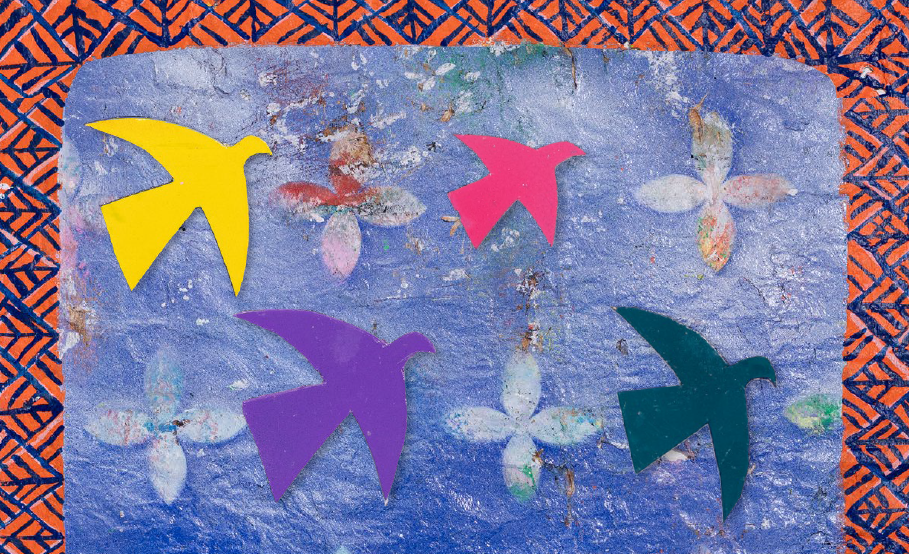Final Volumes of Tupu Ola Moui Released
Final Volumes of Tupu Ola Moui Released

The Ministry for Pacific Peoples and the Ministry of Health have worked in partnership to produce the final three volumes of Tupu Ola Moui: Pacific Health Chart Book 2025. These new reports complete a five-part series that gives a clearer, more detailed look at the health of Pacific peoples in Aotearoa.
The first two volumes came out in April 2025. They looked at who makes up our Pacific communities and how we’re represented in the health workforce. The data showed strong growth and diversity but also highlighted the need to support more Pacific peoples into health careers so that the workforce reflects the communities that it serves.
The latest volumes dive deeper, looking at the environments we live in, how we experience the health system, and what the outcomes are.
Key findings from Volumes 3 to 5
There’s encouraging progress in some areas.
Volume 3 focuses on the social and economic conditions that influence health, like housing, education, and income. More Pacific children are starting school with early childhood education - 93 percent now, compared to 65 percent in 2000. Two-thirds of working-age Pacific peoples are in the workforce.
Volumes 4 and 5 explore how Pacific peoples engage with the health system and the outcomes they experience across their life course. Life expectancy has improved, but remains around six years lower than for non-Māori, non-Pacific populations. Deaths from respiratory conditions and heart disease are going down, targeted action in cardiovascular risk assessment has resulted in more people getting the checks they need. Cost is much less of a barrier to Pacific children in accessing primary care, however, other barriers exist, such as increased wait times to see a General Practitioners (GPs).
Challenges still persist
Immunisation rates have dropped, and one in five adults missed seeing their GP last year because of cost. Pacific peoples experience inequity in chronic health conditions, such as obesity, gout, and diabetes. and inequities in cancer screening and survival rates. Chronic diseases often develop because of inequities in the conditions people face throughout life, starting from where they’re born, and continuing through how they grow up, live, work, and age.
Housing and financial wellbeing also show big gaps. The average net worth for Pacific peoples is just $16,000 - nine times less than for Europeans. Home ownership is low, and many families are living in poor housing conditions.
Better data helps shape better decisions
Tupu Ola Moui isn’t just about numbers, it’s about telling the story of Pacific health in a way that reflects our lived experiences, values, and culture. It supports the goals of Te Mana Ola: The Pacific Health Strategy and the Government Policy Statement on Health.
Dr James Greenwell, Interim Deputy Secretary, Policy and Insights, Ministry for Pacific Peoples says this series is a key step in improving the quality of health information about Pacific peoples in Aotearoa.
“Pacific health is more than just numbers. It’s about understanding people in the context of their culture, history, and lived experiences. The data in Tupu Ola Moui gives us a clearer picture, but to truly understand it, we need to view it through Pacific worldviews,” says Dr Greenwell.
“The Ministry continues to lead efforts to improve how Pacific data is collected, accessed, and used across government. We’re committed to working with agencies like the Ministry of Health to make sure Pacific knowledge, values, and voices are reflected in how health data is interpreted and applied, so it reflects the realities and aspirations of Pacific communities,” adds Dr Greenwell.
Read the full report here: Tupu Ola Moui: Pacific Health Chart Book 2025
